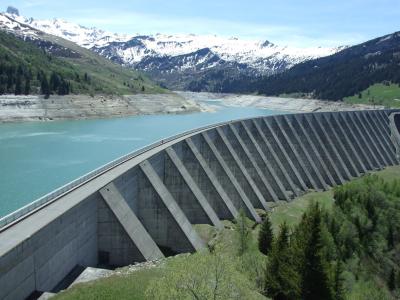Comparing Large-Scale Versus Basin-Scale Water Management Models
Water scarcity poses a significant global challenge. This study compares the performance of a large-scale hydrologic model with a basin-scale water systems model in terms of capturing water scarcity. Large-scale models capture the overall effect of water operations but may underestimate small-scale variability in water scarcity vulnerabilities. Basin-scale models offer detailed insights into local water allocation and infrastructure, enhancing our understanding of water scarcity among various users. This comparison can help researchers better understand the limitations and uncertainties of water management models at different scales and develop more effective frameworks to manage water resources.
Researchers compared a large-scale hydrologic model and a basin-scale water systems model to understand water scarcity in the Upper Colorado River Basin. Both models capture the overall effect of water operations, but the large-scale model underestimates user-specific vulnerabilities. The basin-scale model addresses institutional complexities such as water rights and infrastructure, enhancing understanding of local water scarcity. This research emphasizes the limitations of large-scale studies and suggests combining both models for informed water allocation and management strategies, impacting agriculture, energy, and urban planning.
This research assesses the consistency of water scarcity inferences between a large-scale hydrologic model (MOSART-WM) and a node-based water system model (StateMod) in the Upper Colorado River Basin. The study found that while MOSART-WM can capture the aggregate effect of water operations in the basin, it underestimates the subbasin-scale variability in specific user vulnerabilities. In contrast, StateMod indicates a larger variance in scarcity across the basin's water users due to its more detailed accounting of local water allocation infrastructure and institutional processes. This model intercomparison highlights the limitations of large-scale studies in evaluating water scarcity and actionable adaptation strategies. It also suggests ways in which basin-scale water systems model information can be used to better inform water allocation and shortage when used in tandem with larger-scale hydrological modeling studies. The findings can help improve the understanding and management of water resources, particularly in regions facing water scarcity challenges.

